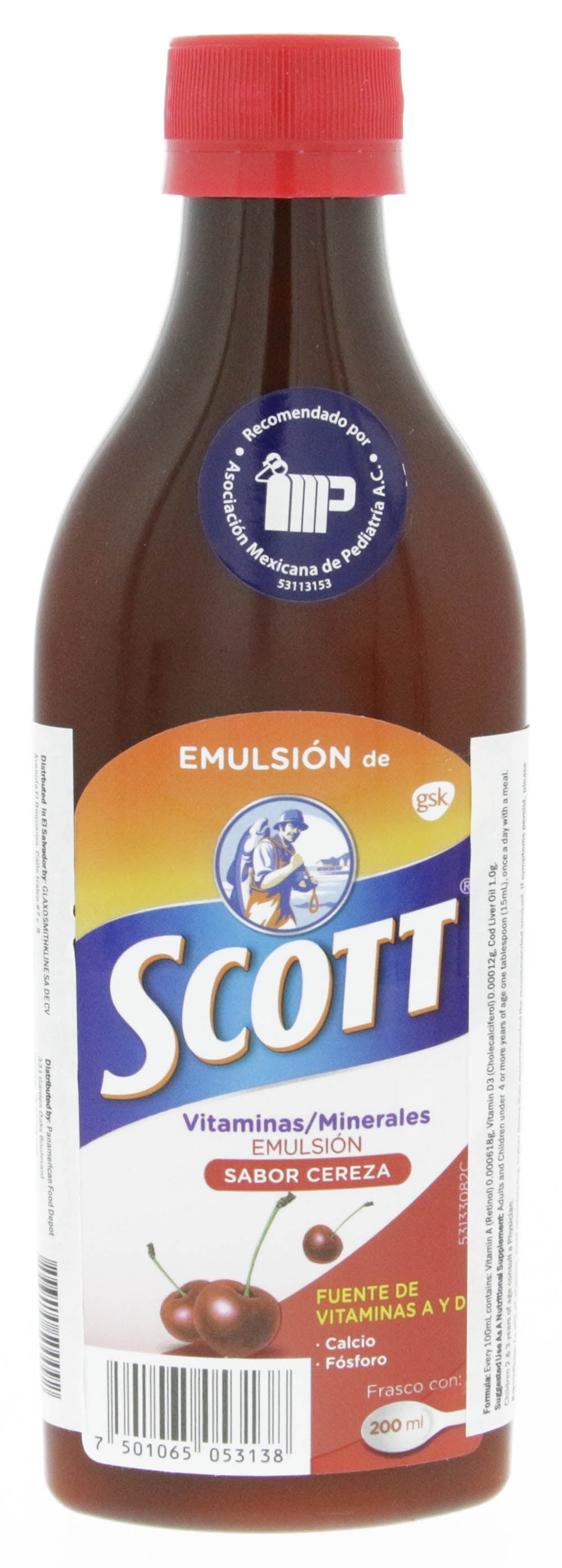

Acetate is a thin film sheet that is used in a variety of different ways – including in baking!īoth of these methods block UV waves, which is important because after your logo is applied to the screen, it goes under a UV light. This is done either with a super special UV-blocking ink, or with clear acetate. Prior to the emulsion drying, your logo is printed onto the emulsion-covered mesh screen. The emulsion gel is spread over both sides of a mesh screen that will be used to transfer the logo onto the promotional item. It's a slightly different process when it comes to promotional products. In photographs, the silver halide reacts to the chemicals used in the film developing stage, which produces the image from the film on the photograph paper.

The silver halide crystals, which are light-sensitive, rest in the gelatinous material they can be incorporated onto a variety of mediums such as paper, plastic, fabric, or glass during the manufacturing process. It typically contains silver halide crystals, which disperses evenly throughout the gel. In other words, photographic emulsion is more of a gel-like substance rather than a substance that's totally liquid. In fact, it was used back in the day to develop photographs.īasically, photographic emulsion is a colloidal suspension of liquid within another liquid. The actual process is known as photographic emulsion, and it's been around for a long time. To put it simply, emulsion is a substance that's used in screen printing to get a logo on promotional products. Get ready to put your thinking caps on and dive into the world of emulsion! We'll break it down and explain what exactly emulsion involves and how it relates to the promo industry. *ONLY USE THIS EMULSION IN A LIGHT SAFE ENVIRONMENT.Emulsion is an extremely fascinating printing process for branding promotional products. NOTE: Environmental conditions such as temperature and humidity can cause emulsion to expire more rapidly. Do not allow air or outside light into emulsion container, as this can decrease product life, or ruin the emulsion. Emulsion that has been frozen will not work properly and should be discarded. A refrigerator is a great storage tool for emulsion and can slightly extend shelf life. Storage:Store in a cool area, away from heat. After figuring out your exposure time, try to eliminate all variables, such as location, temperature, coating thickness, emulsion type, so your exposure process can be easily repeatable.Ĭlean-up / Reclaiming: Emulsion Removers - Any Kor-Chem, Franmar or NTL Emulsion Remover. This simple test will save you time, money and frustration. When using any emulsion for the first time, we recommend running a “step wedge or exposure test” to figure out your exact exposure times. Allow emulsion to fully dry, in a light safe environment, before exposure.Įxposure:Many factors affect exposure times. Apply to a degreased, clean and dry screen, using a scoop coater for easy application. Mix well, and let stand for at least 30 minutes to release any air bubbles. Instructions: First add room temperature water to diazo bottle, shake properly until diazo powder is dissolved and then add the diazo and water solution to the emulsion. Uses: Best used with plastisol inks and water based inks. Perfect for images with half tones and fine lines. It's a durable and resistant emulsion but is easy to reclaim with removers. Xenon TEX gives your images excellent resolution and high edge definition. Description: Xenon TEX Dual Cure Diazo Photo Emulsion is a high solid (requiring less coats for heavier stencil) and fast drying emulsion.


 0 kommentar(er)
0 kommentar(er)
